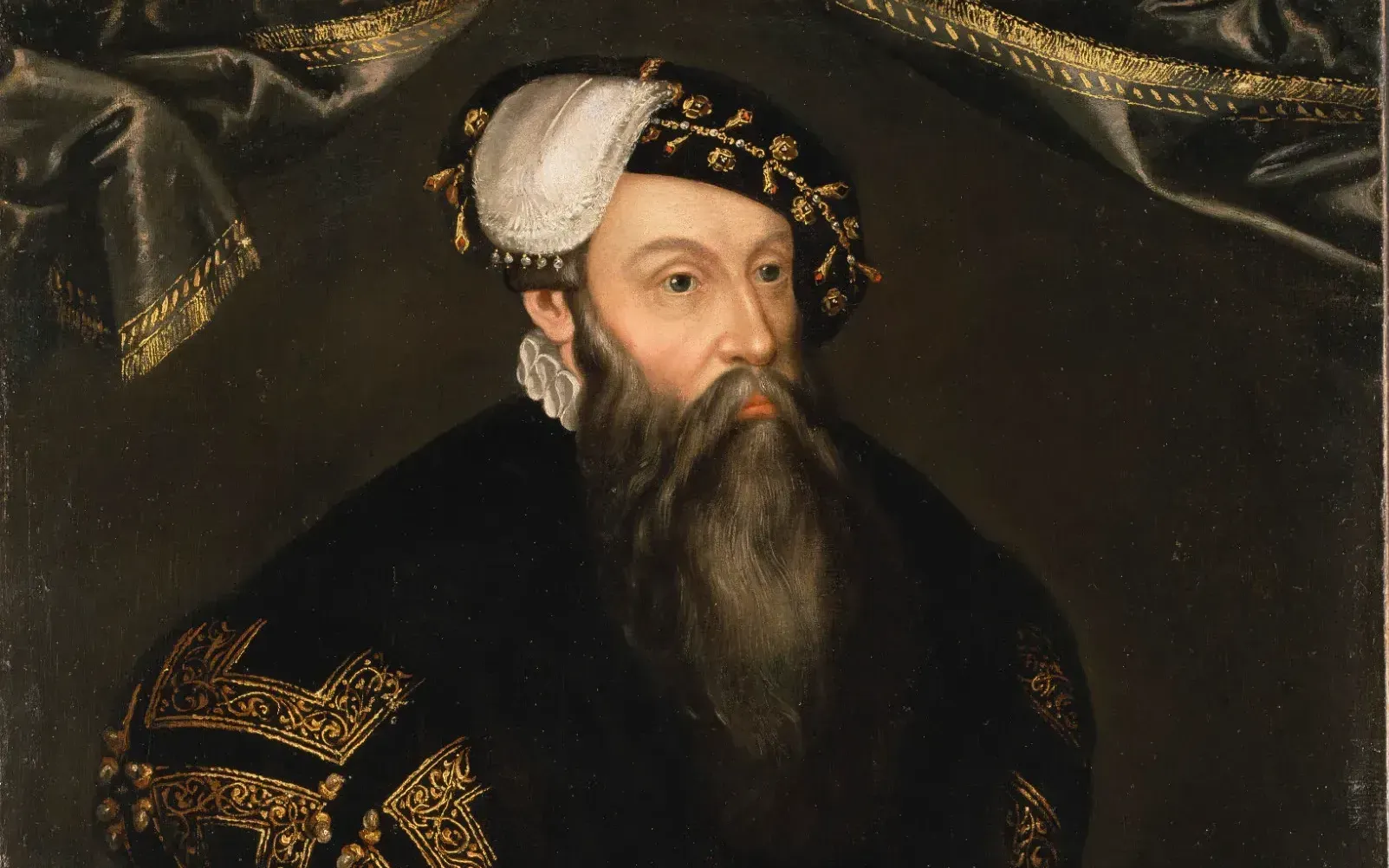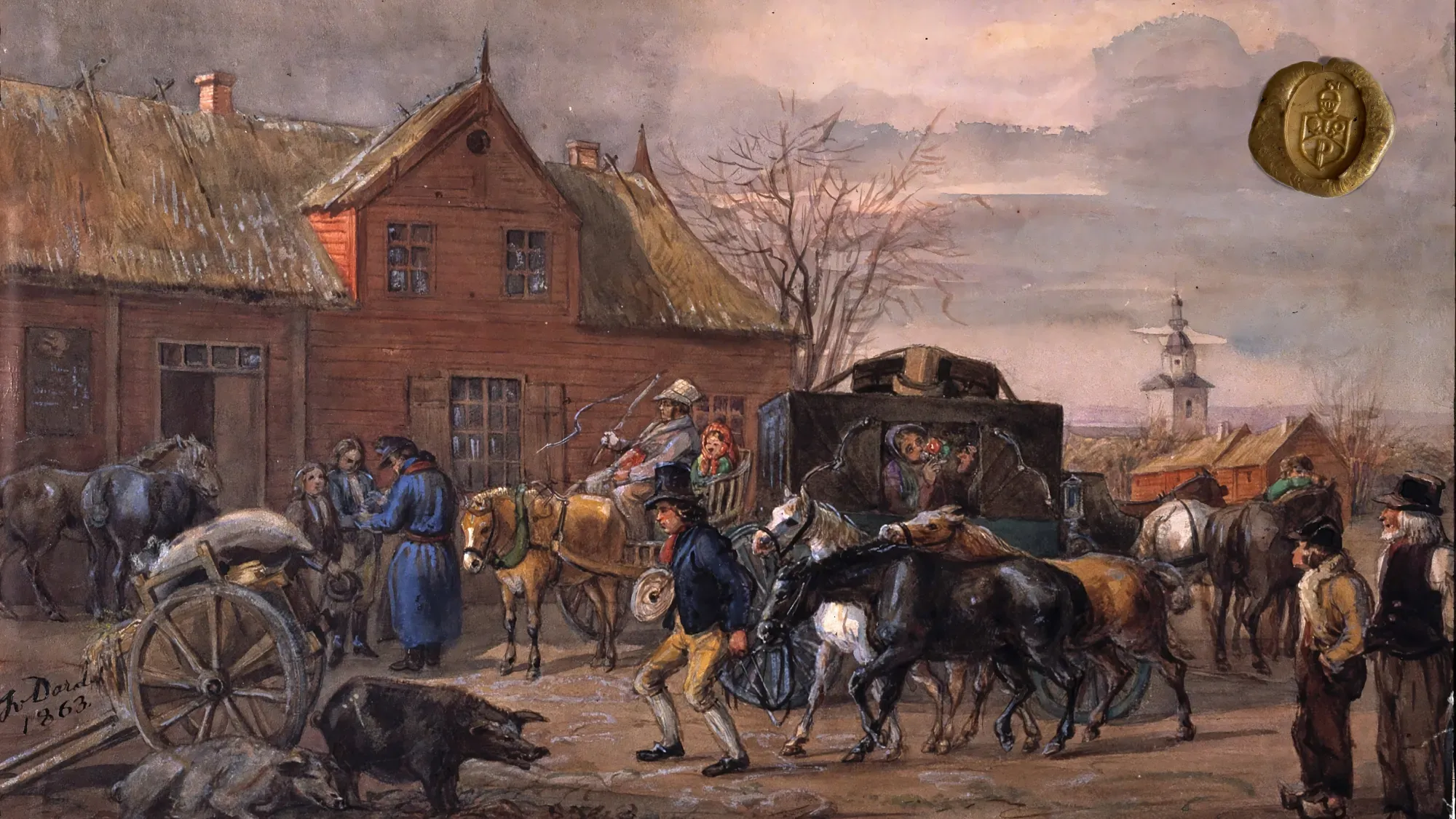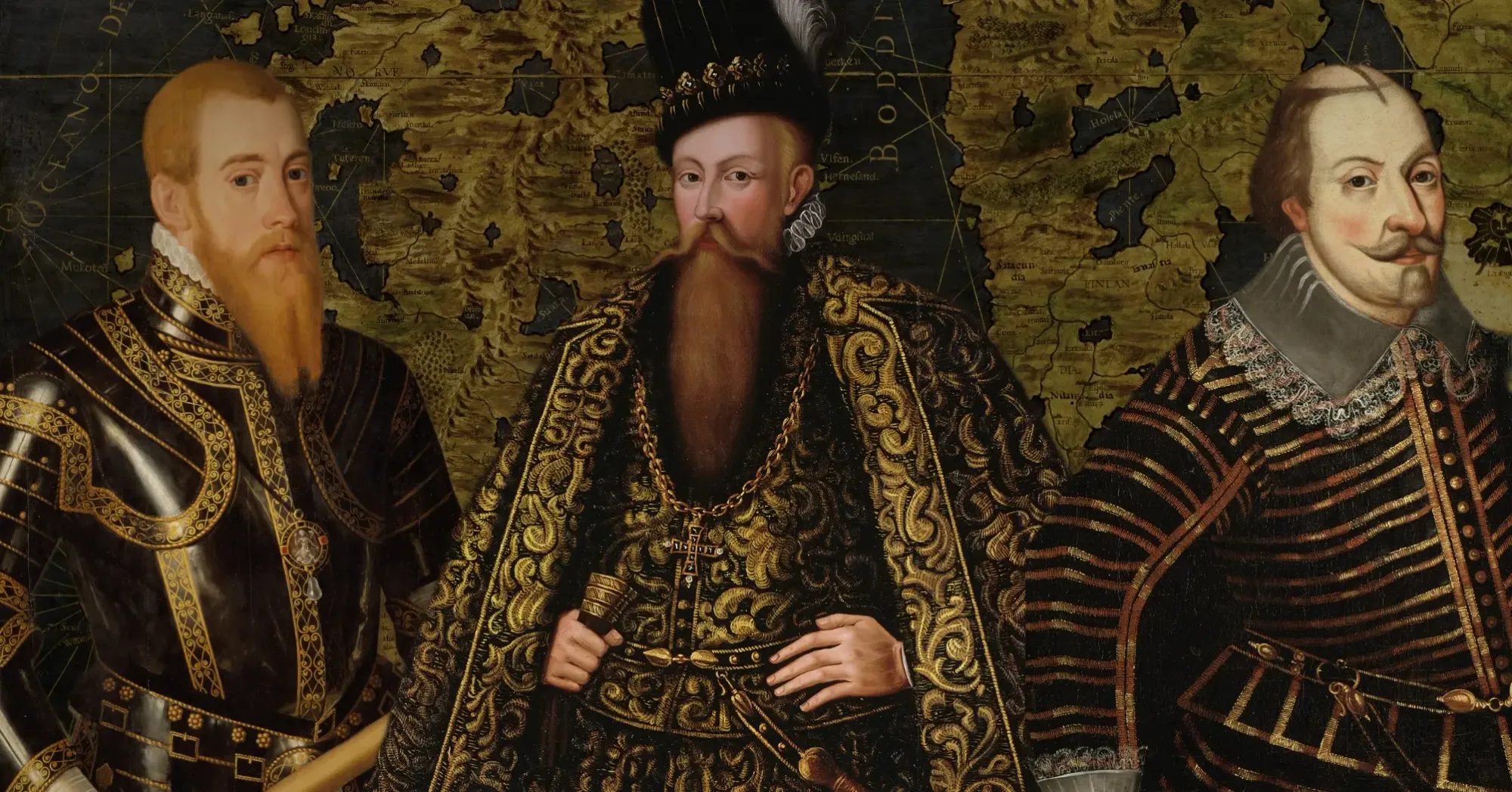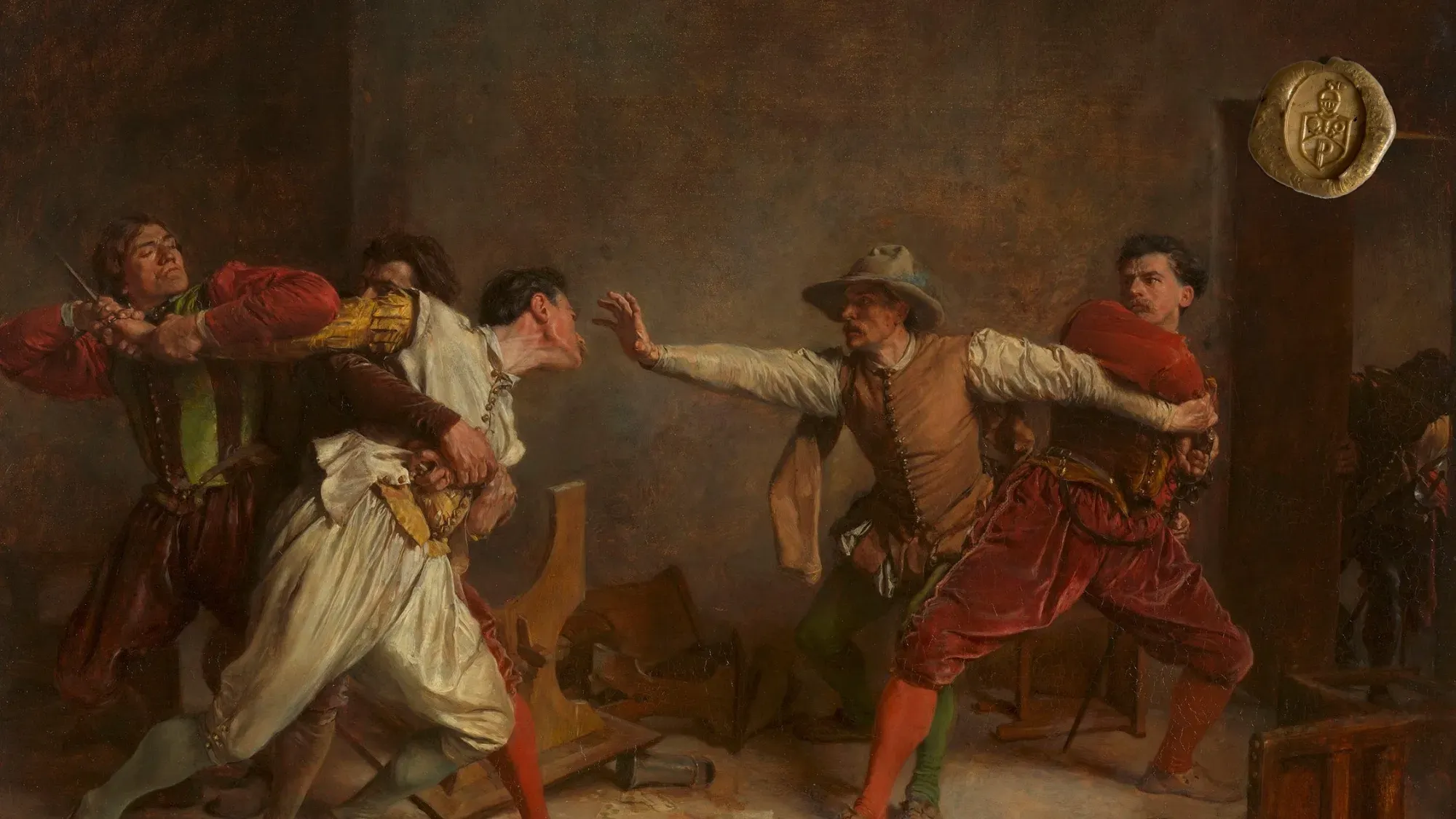Gustav Eriksson Vasa was born in 1496 into a high noble family, a descendant of the Vasa and Sture lines[[1]]. His great-uncle Sten Sture the Elder was the regent of Sweden, and his great-grandmother was King Karl VIII's sister. Unsurprisingly, there was no dearth of landed wealth and status in the family.
A dangerous alliance
Gustav's cousin, Sten Sture the Younger, also had his turn at being regent from 1512 until 1520, and staunchly opposed Danish rule in Sweden. Gustav and his father aligned with Sture's position, and were influential enough to be considered a threat. Following a Swedish victory in the Battle of Brännkyrka in 1518, Gustav was one of six hostages[[2]] to be held during negotiations with Denmark's King Christian II – which did not occur.
The opulent festivities were perversely followed by mass executions of over 80 people who had supported Sture, in an event now known as the Stockholm Bloodbath. Gustav's father, Erik Johanssen Vasa, as well as his cousin, were killed for heresy.
Instead, the Swedes were transported to Denmark and held captive. It was an attempt to convince them to switch sides, and while it worked on the rest of his countrymen, Gustav's allegiance was unwavering. The following year, he succeeded in escaping to Lübeck in disguise – accounts differ as to what this was, but possibly a bullock driver.
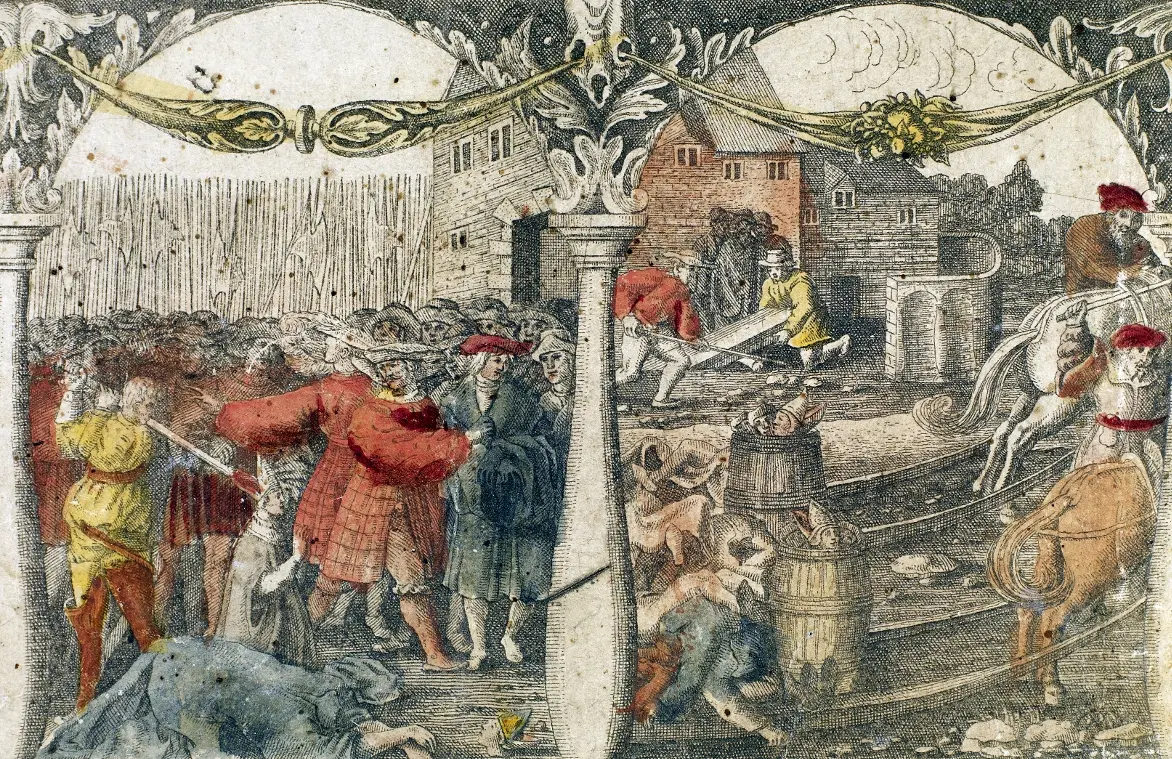
In 1520, Christian II attacked Sweden and killed Sten Sture. Gustav relocated to Kalmar, declining to attend the king's coronation[[3]]. The opulent festivities were perversely followed by mass executions of over 80 people who had supported Sture, in an event now known as the Stockholm Bloodbath. Gustav's father, Erik Johanssen Vasa, as well as his cousin, were killed for heresy. The women of his family, including his mother Cecelia, her half-sister Christina – the widow of Sten Sture – his grandmother and his sisters were taken captive in 1521 and imprisoned in a dungeon in Copenhagen Castle.
Gustav was pursued. He fled to Dalarna, where his efforts to mobilise an army were not quite successful. He was on his way to Norway when the tide began to turn, and previously reluctant men decided to join him.[[4]]


